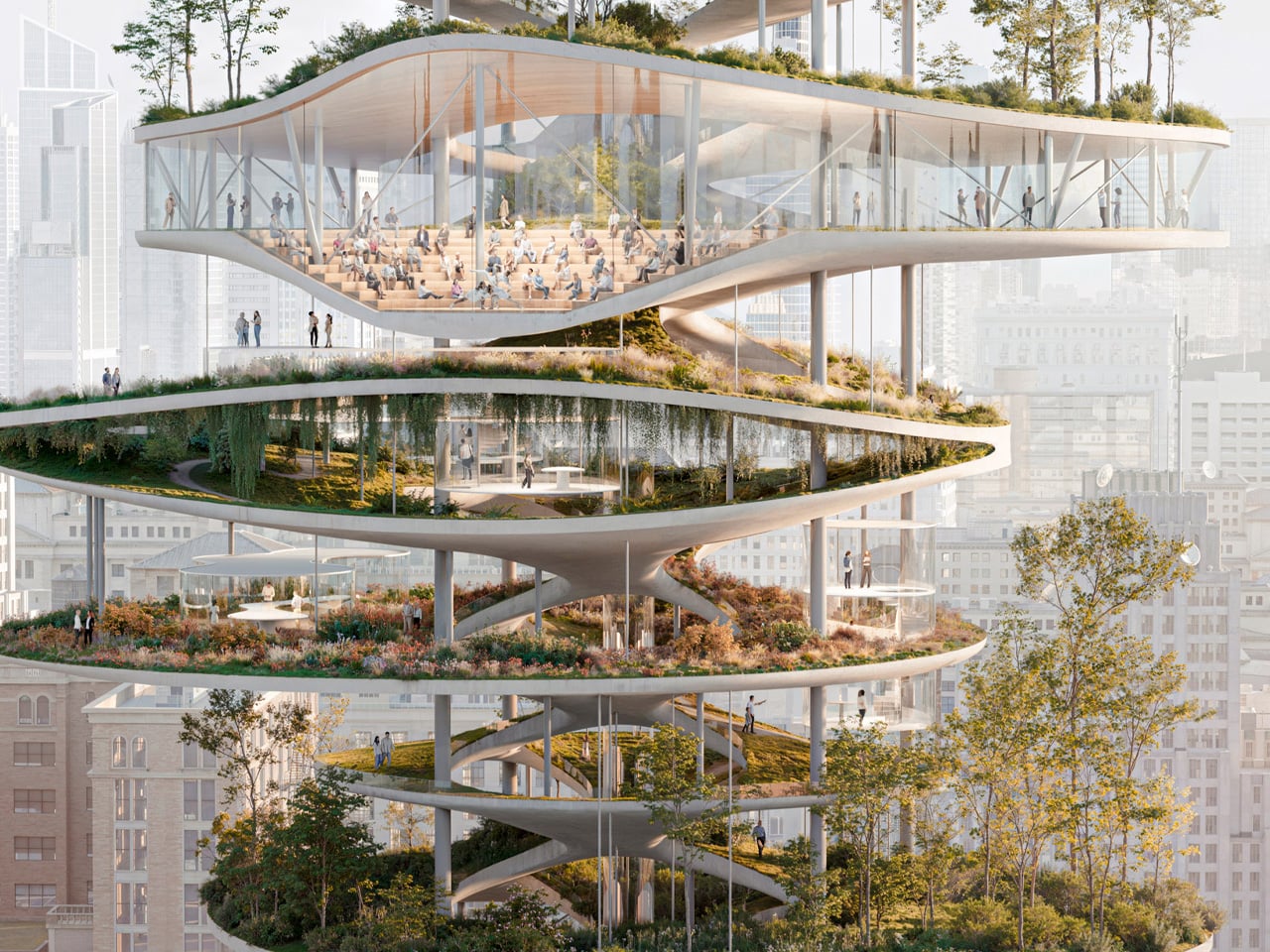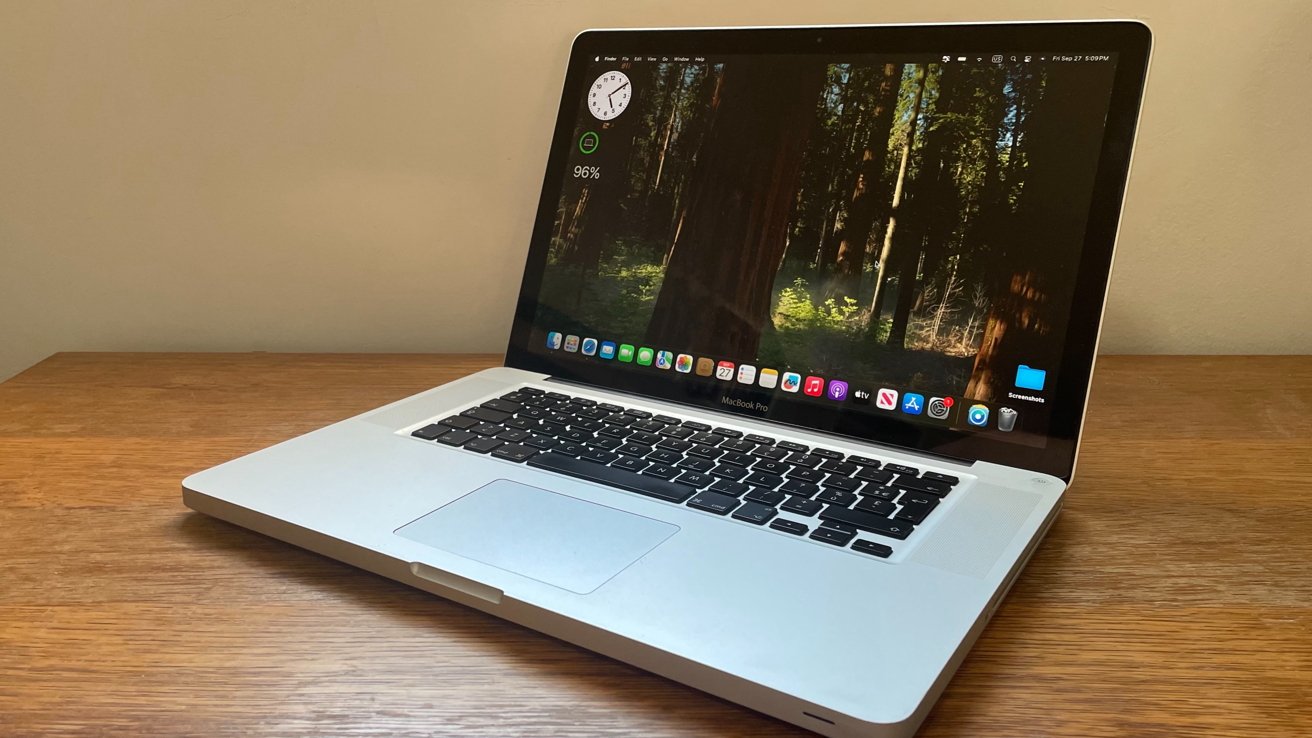
Dubbed the Eden Tower, this conceptual structure was created by the design studio Oxman. Oxman has come up with a new system called “ecological programming” which is designed to enhance and promote green architecture. The studio utilized the system to create this impressive skyscraper with several planted platforms.
The plan was developed in the studio’s newly opened Foster + Partners-designed lab in Manhattan. The plans and models of the skyscraper showcase a bunch of circular forms stacked on top of each other, with a central element offering support to some of the levels, while other levels are suspended from different columns. Designer: “We are figuring out how to create master plans, building layouts, and building forms that increase biodiversity and resilience and ecological thriving,” said Oxman.

“And we have devised a new approach for this called ecological programming.” Oxman founder Neri Oxman states that the skyscraper is a demonstration of the “ecological programming” technique. This technique employs computation to build layouts that take into consideration different factors such as wind, sunlight, and contamination.
By doing so, they create structures that look after the ecosystem and do not adversely affect the environment, and the cities they’re located in. The buildings elevate biodiversity and even improve the urban heat. This is quite an exciting feat since AI was utilized to design “building forms that increase biodiversity”.
The different levels of the skyscraper will feature diverse landscapes and topography. Few of the levels will be open air, while others will be enclosed glass spaces created for human habitation. At the moment, Oxman is putting together and collecting data that will be used in these programs.
This data is collected via “capsules” in the on-site wet lab, and they were created with the goal of increasing biodiversity. “The capsules provide us with physical data that informs a computational design process at the center of Eden. Now, with conventional architectures throughout history, we’ve become very good at designing for humans, because we can talk to humans.
We can understand what they need. Nonhumans are not like that. They don’t speak the same language as us, so we need to develop a data-driven approach that allows us to figure out the parameters that they need to thrive if we want to effectively design for them,” said Oxman studio head of ecology Nicolas Lee.
.












